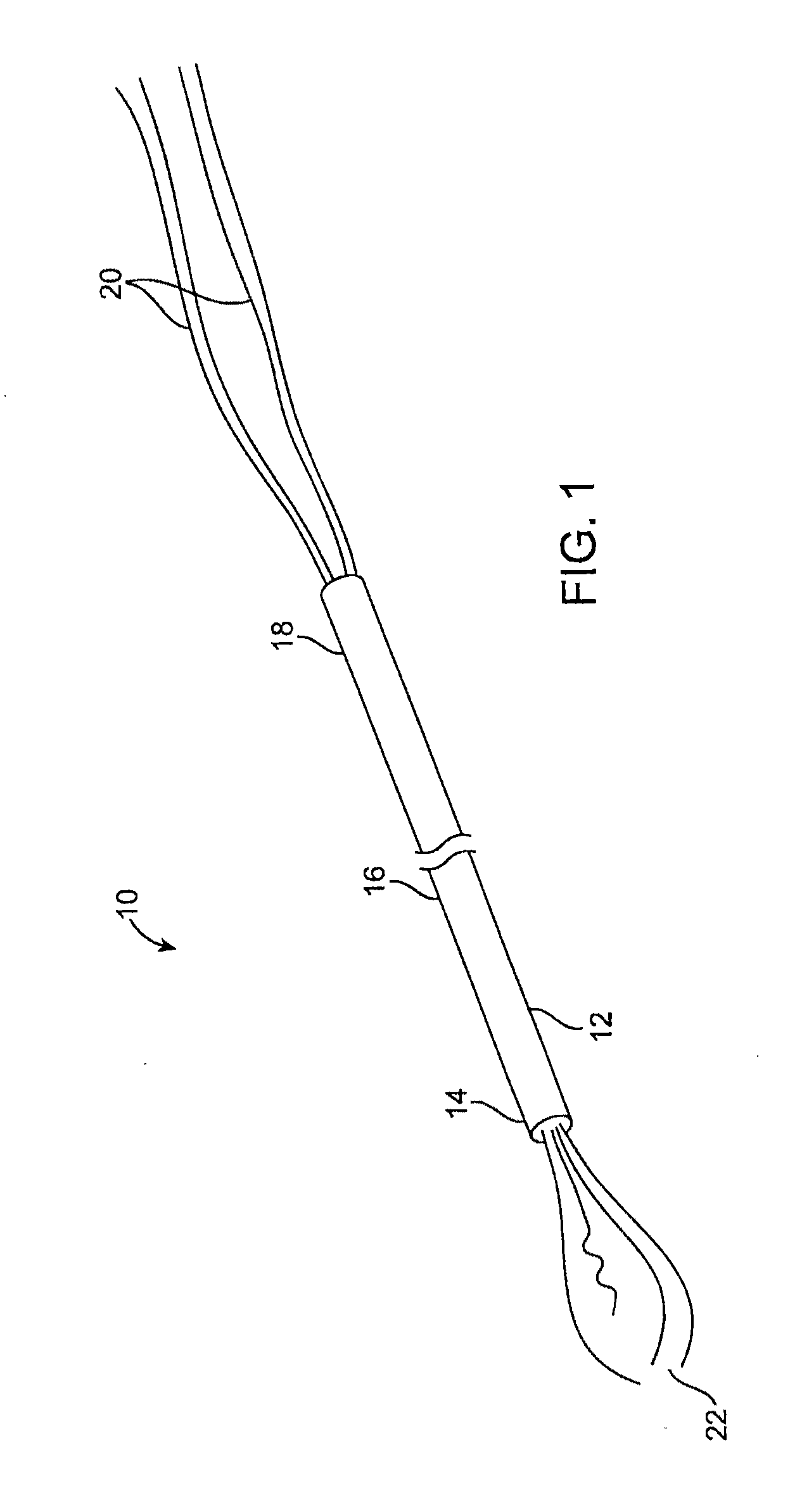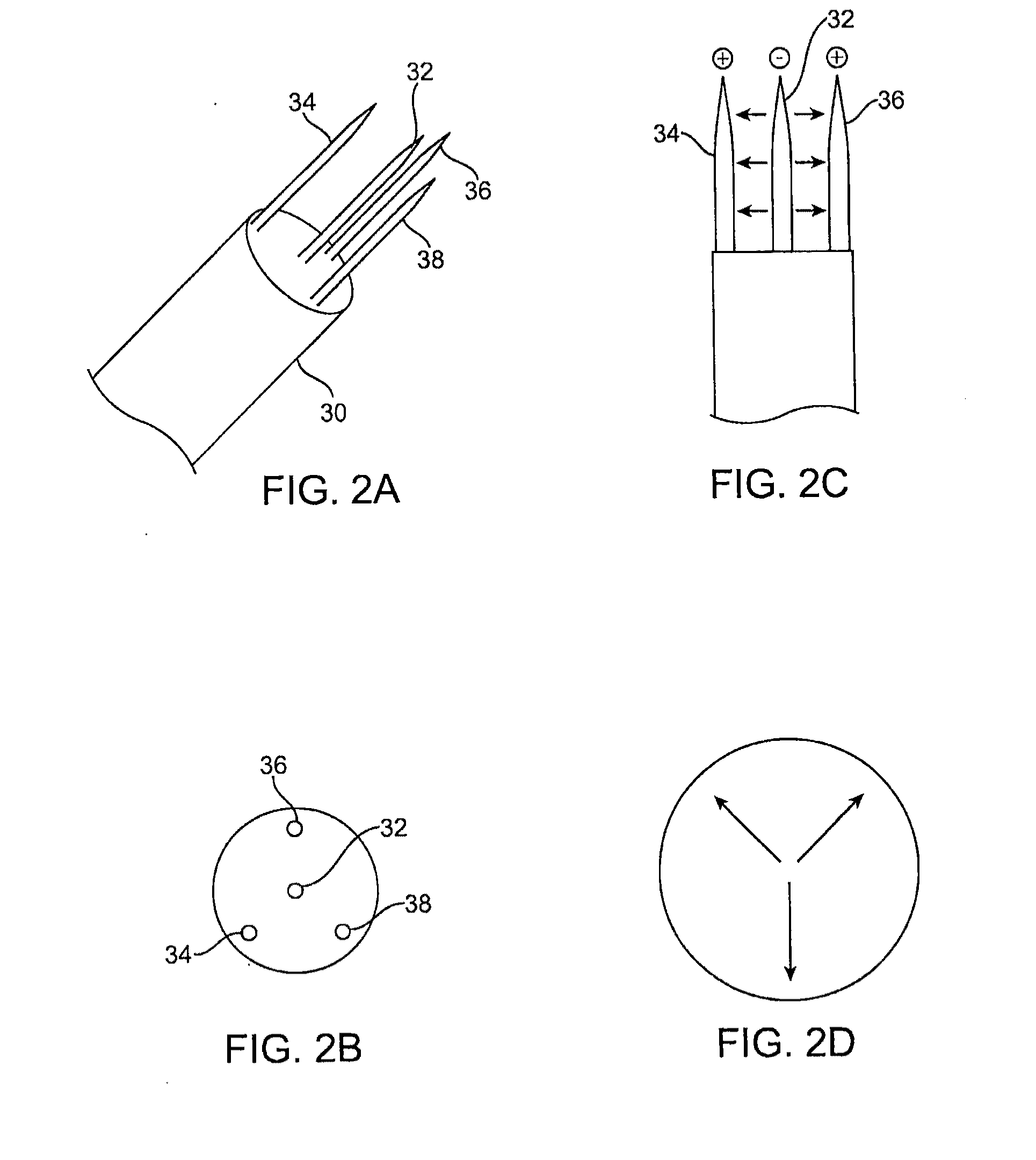Prostate cancer ablation
a prostate cancer and ablation technology, applied in the field of electric field delivery to the prostate tissue of a patient, can solve the problems of limiting the ability of reproduction of the prostate, experiencing partial or complete urinary obstruction, and damaging the dna of the prostate gland
- Summary
- Abstract
- Description
- Claims
- Application Information
AI Technical Summary
Benefits of technology
Problems solved by technology
Method used
Image
Examples
example
[0075]The present example describes a study designed to evaluate efficacy of different treatment parameters using the electric field delivery and ablation technology as described herein in the treatment of a human prostate cancer (CaP) xenograft model.
[0076]Design
[0077]Sixty 4 to 6-week old male CB-17 SCID mice were injected subcutaneously on the right flank with 2*106 cells of the C4-2B CaP cell line. After injection, animals enrolled once tumor volumes reached 200 mM3 (˜3-4 weeks) and randomized into one of five groups using the following design: 1) Control group—received placement of probe without current (n=10); 2) a groups receiving 15 mAmp for 15 min (n=13); 3) a group receiving 15 mAmp for 60 min (n=9); 4) a group receiving 25 mAmp for 15 min (n=10); and 5) a group receiving 25 mAmp for 60 min (n=10). Mice were treated with direct application of a low power, intermediate frequency (e.g., about 100 kHz) field through percutaneous placement of a probe (e.g., as shown in FIGS. 2...
PUM
 Login to View More
Login to View More Abstract
Description
Claims
Application Information
 Login to View More
Login to View More - R&D
- Intellectual Property
- Life Sciences
- Materials
- Tech Scout
- Unparalleled Data Quality
- Higher Quality Content
- 60% Fewer Hallucinations
Browse by: Latest US Patents, China's latest patents, Technical Efficacy Thesaurus, Application Domain, Technology Topic, Popular Technical Reports.
© 2025 PatSnap. All rights reserved.Legal|Privacy policy|Modern Slavery Act Transparency Statement|Sitemap|About US| Contact US: help@patsnap.com



